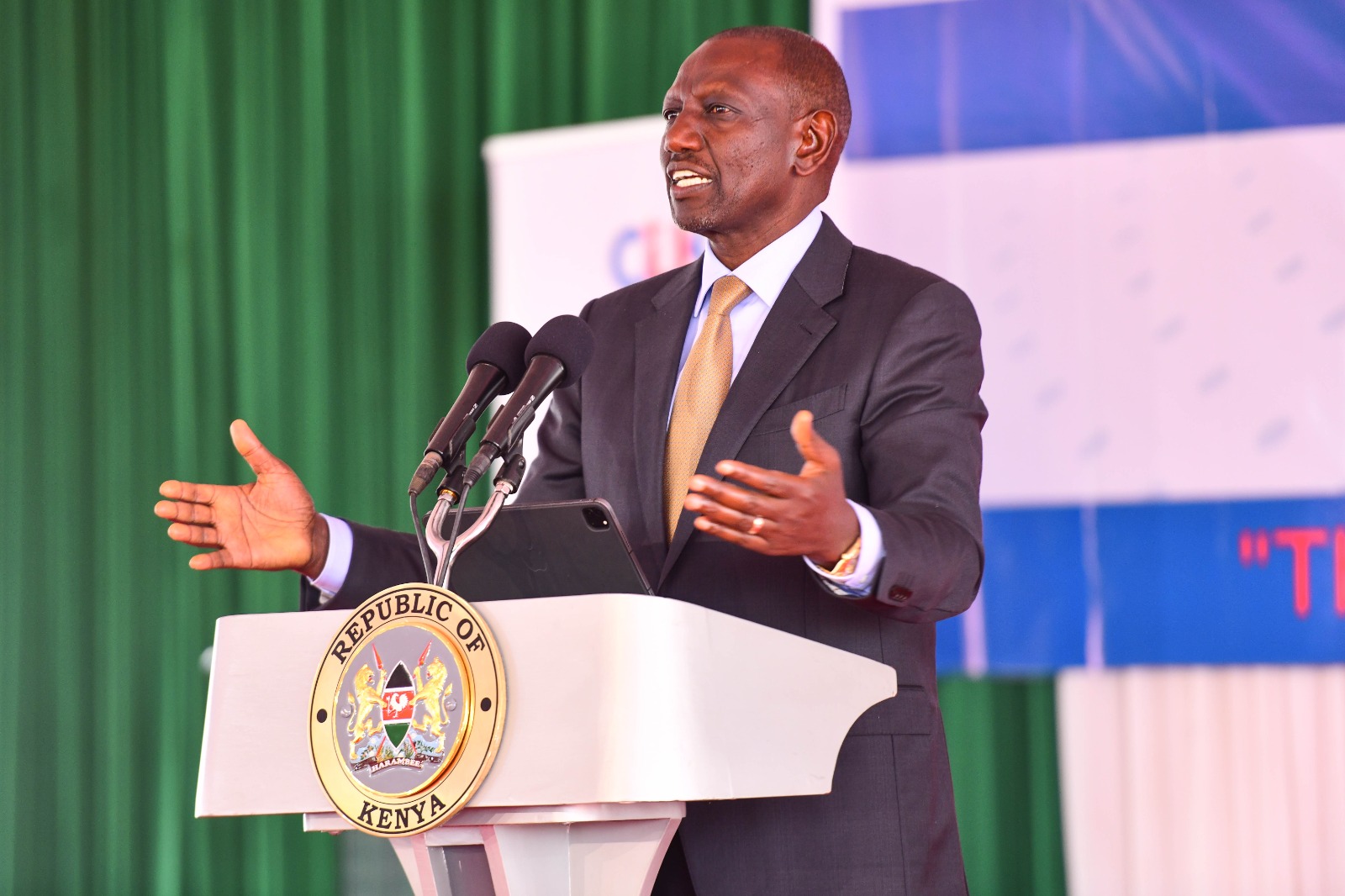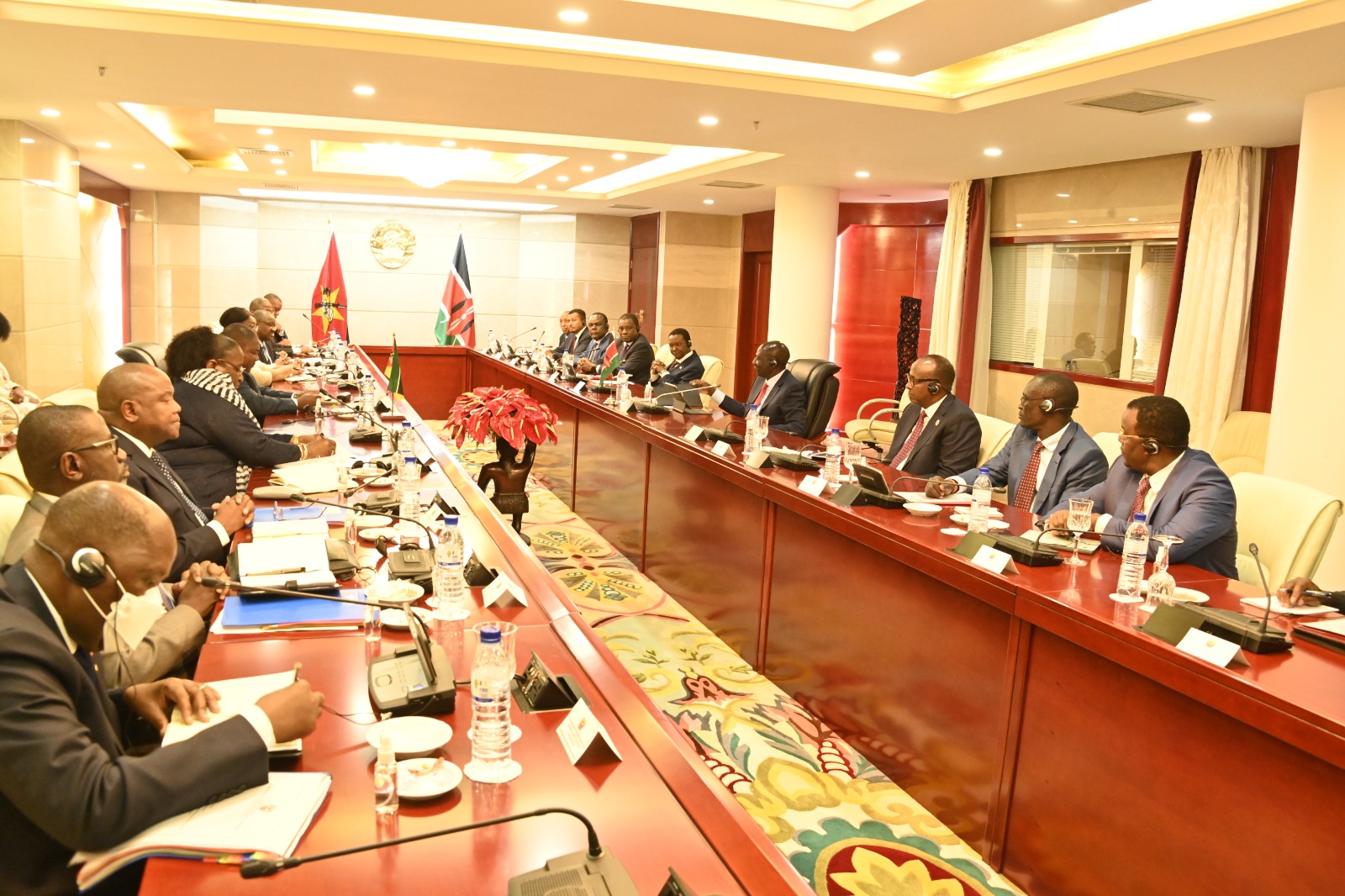In a groundbreaking move that promises to reshape the landscape of tertiary education in Kenya, President William Ruto unveiled a revolutionary funding model that aims to make higher education accessible and affordable for all, while safeguarding the interests of the vulnerable hustlers who aspire to excel.
With a focus on equity, fairness, and transparency, this visionary initiative marks a significant step towards eradicating financial barriers and ensuring that every aspiring student has the opportunity to thrive.
The new funding model, meticulously designed to be student-centric and quality-driven, heralds a departure from the conventional and uniform approach. Under this dynamic framework, the government is committed to funding individual students in both universities and Technical and Vocational Education and Training (TVET) institutions. This transformative shift not only acknowledges the diverse needs of students but also signifies an unwavering dedication to nurturing a knowledge-driven society that empowers every stratum of the population.
At the core of this funding model lies a resolute commitment to address the disparities witnessed under the previous differentiated unit cost (DUC) model. In a bid to rectify the uniform and inequitable capitation structure, President Ruto’s initiative heralds a paradigm shift. It seeks to tailor funding to the unique needs of each student, ensuring that those who stand at the bottom of the economic pyramid are given a fair chance at accessing higher education.
One of the most remarkable aspects of this new funding model is its resounding dedication to the vulnerable hustlers who have been the driving force behind President Ruto’s rise to power. Under the new regime, government support for higher education takes on a progressive and empathetic stance. Vulnerable students, including those living with disabilities, will receive a full 80% scholarship and a 20% loan. Similarly, the neediest students will benefit from a 70% scholarship and a 30% loan, while the less needy will receive varying proportions of scholarships, loans, and family contributions.
President Ruto’s commitment to affordable higher education is reflected in the significant increase in funding for university education – from KSh. 54 billion to an impressive KSh 84.6 billion. This remarkable allocation increase translates to enhanced support for each student, with funding per student rising from Ksh152, 000 to a commendable Ksh208,000. Furthermore, the budgetary allocation for TVETs is set to double from Sh5.2 billion to Sh10 billion, effectively translating to an annual support of Sh67,000 per trainee.
This funding model isn’t just a theoretical concept; it’s a tangible reality poised to impact the lives of thousands. Out of the 92,350 students set to enroll in universities and TVET institutions this year, a staggering 29% have been identified as vulnerable and extremely needy. They will receive full government support in form of scholarships, loans, and bursaries – a testament to President Ruto’s dedication to ensuring that no deserving student is left behind.
As the new funding model takes effect in the 2023/2024 academic year, it will empower a new cohort of 173,127 university students and 145,325 TVET students. This transformation marks a turning point in the history of Kenyan education, where inclusivity, accessibility, and opportunity take center stage.
President Ruto’s visionary funding model not only propels students towards academic excellence but also represents a holistic solution to address the financial challenges which have plagued public universities. By focusing on the needs of each student, irrespective of their economic background, this initiative reflects a commitment to realizing the full potential of every aspiring scholar.
As President Ruto aptly stated, “No student will ever be left behind.” With this progressive stride, Kenya’s higher education landscape stands on the precipice of a brighter and more inclusive future.








